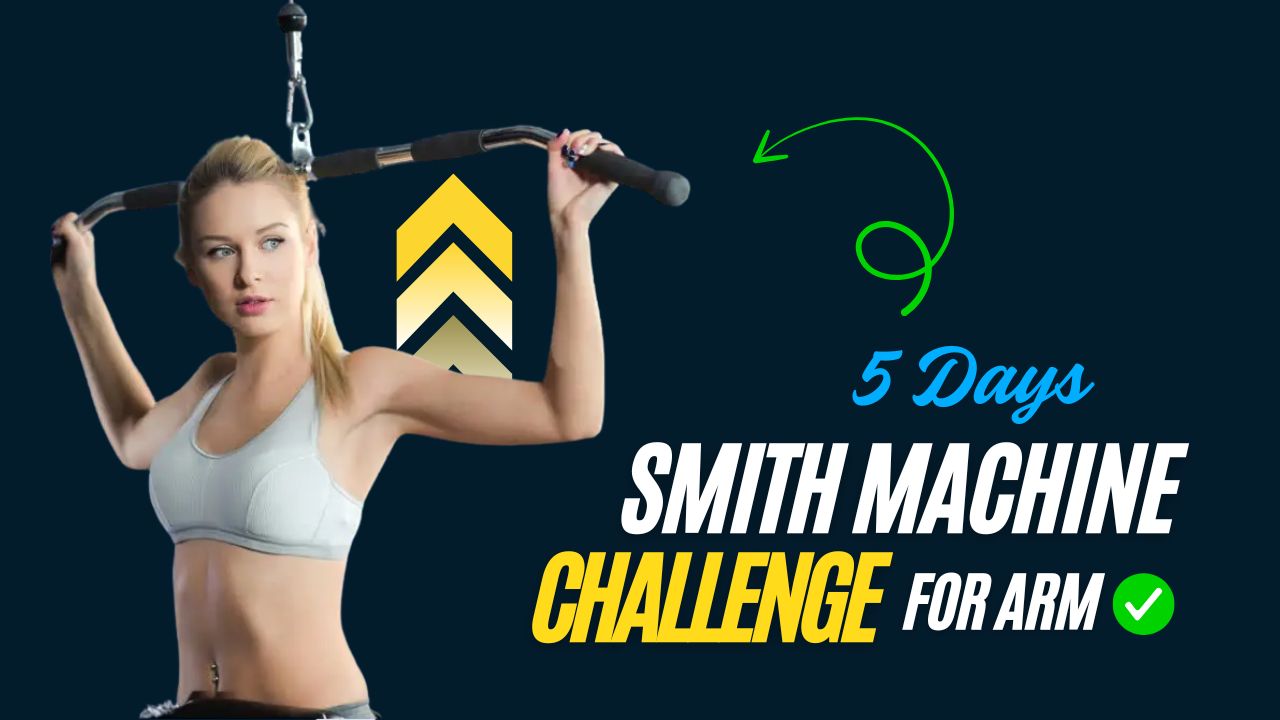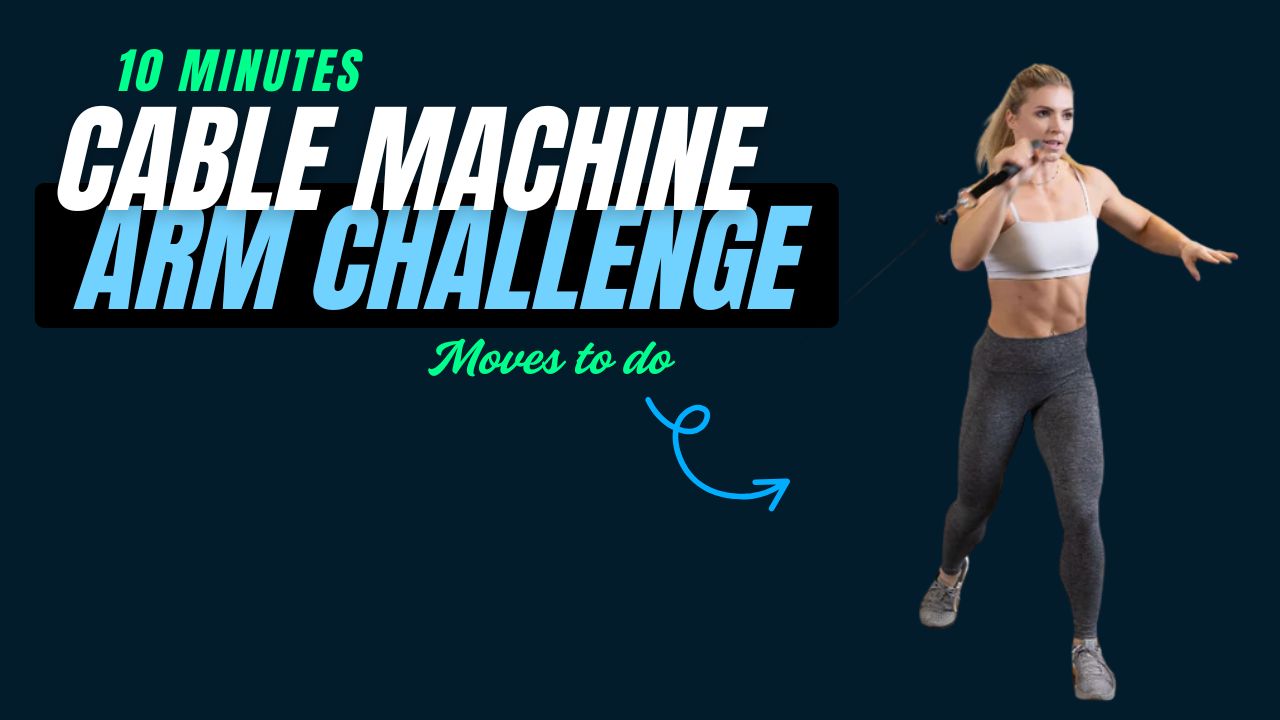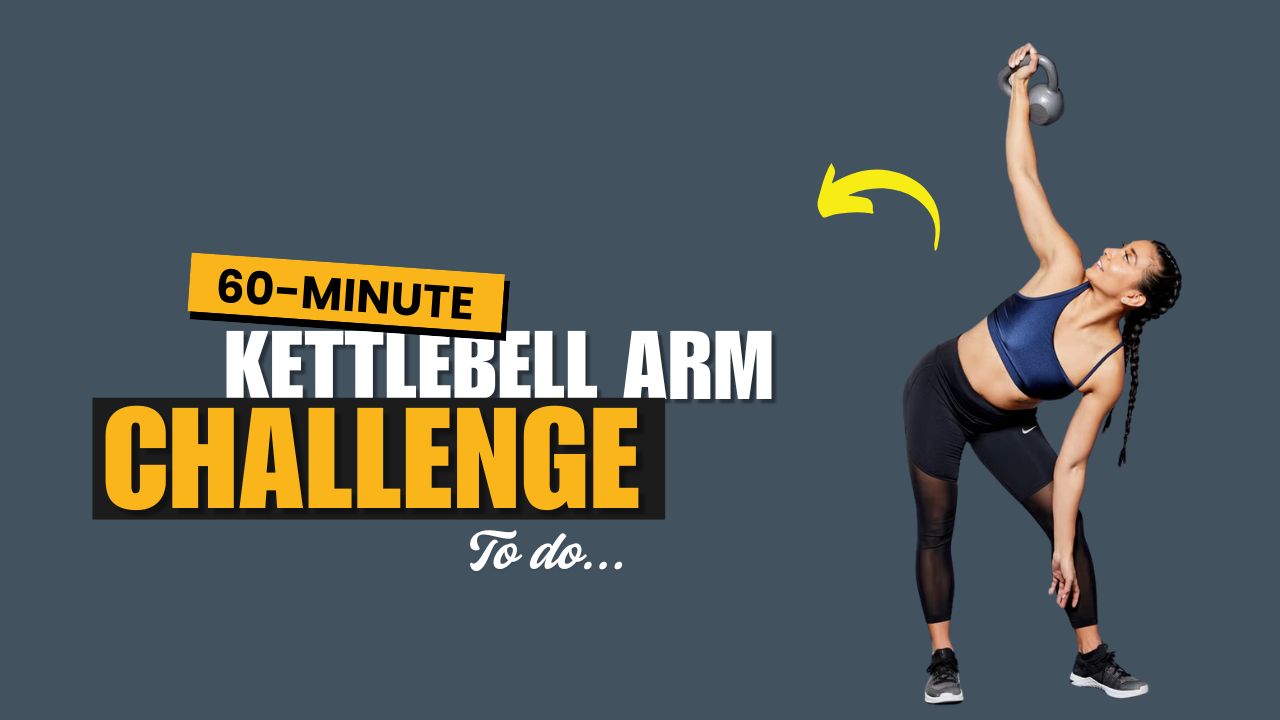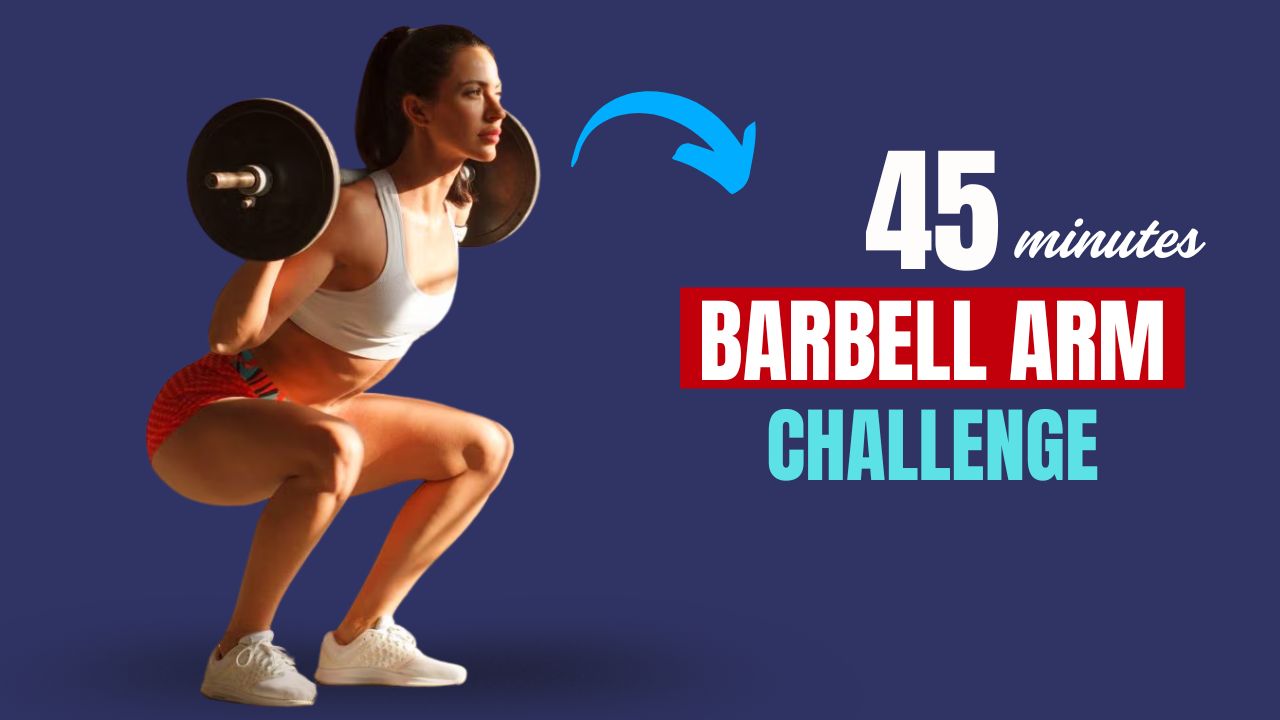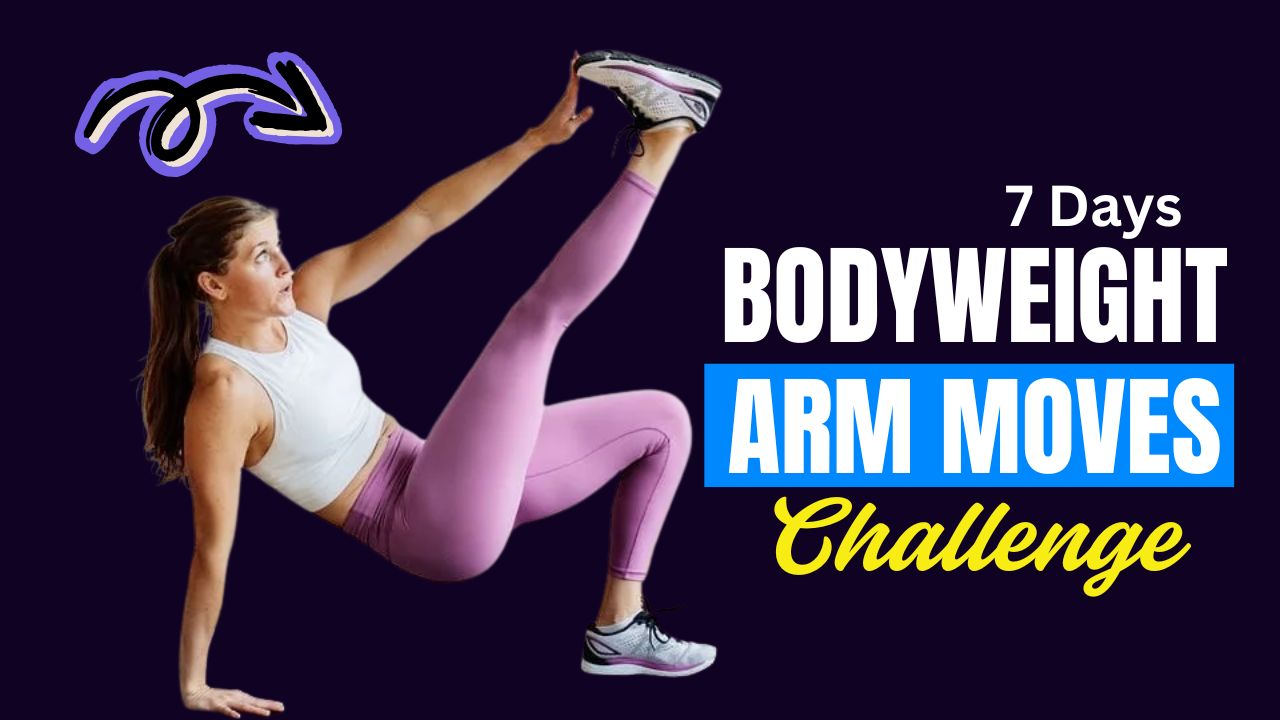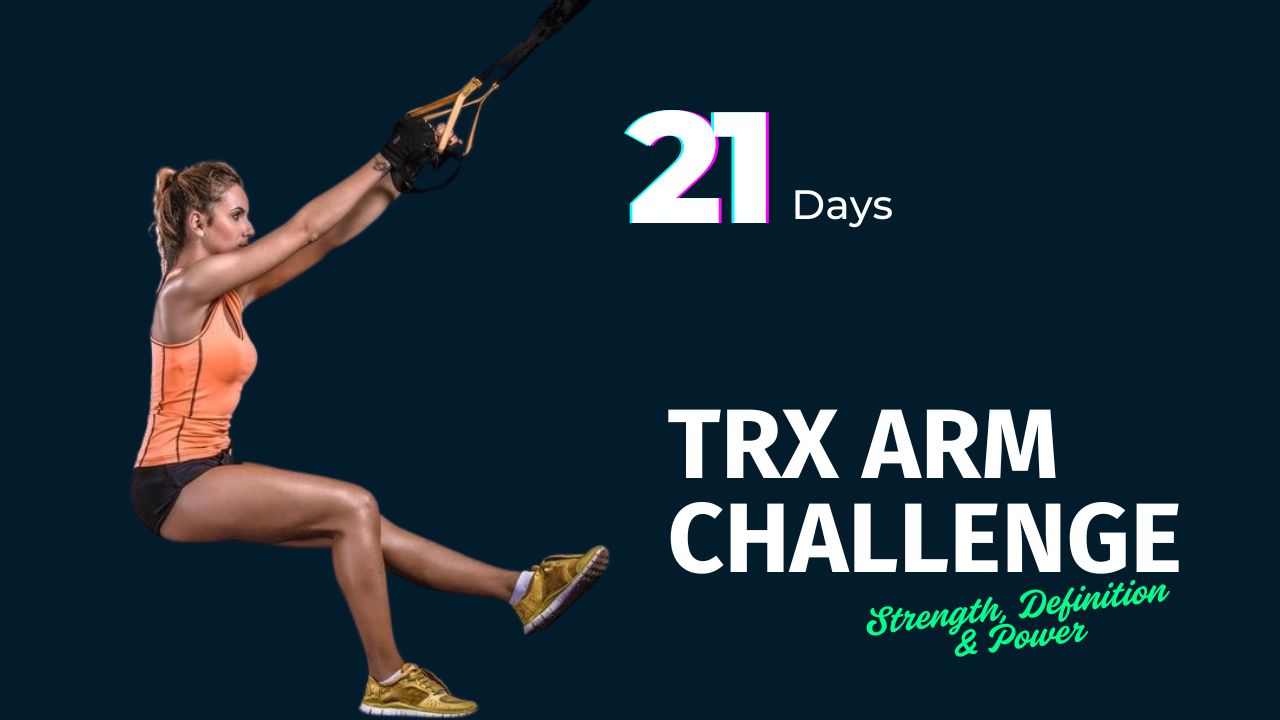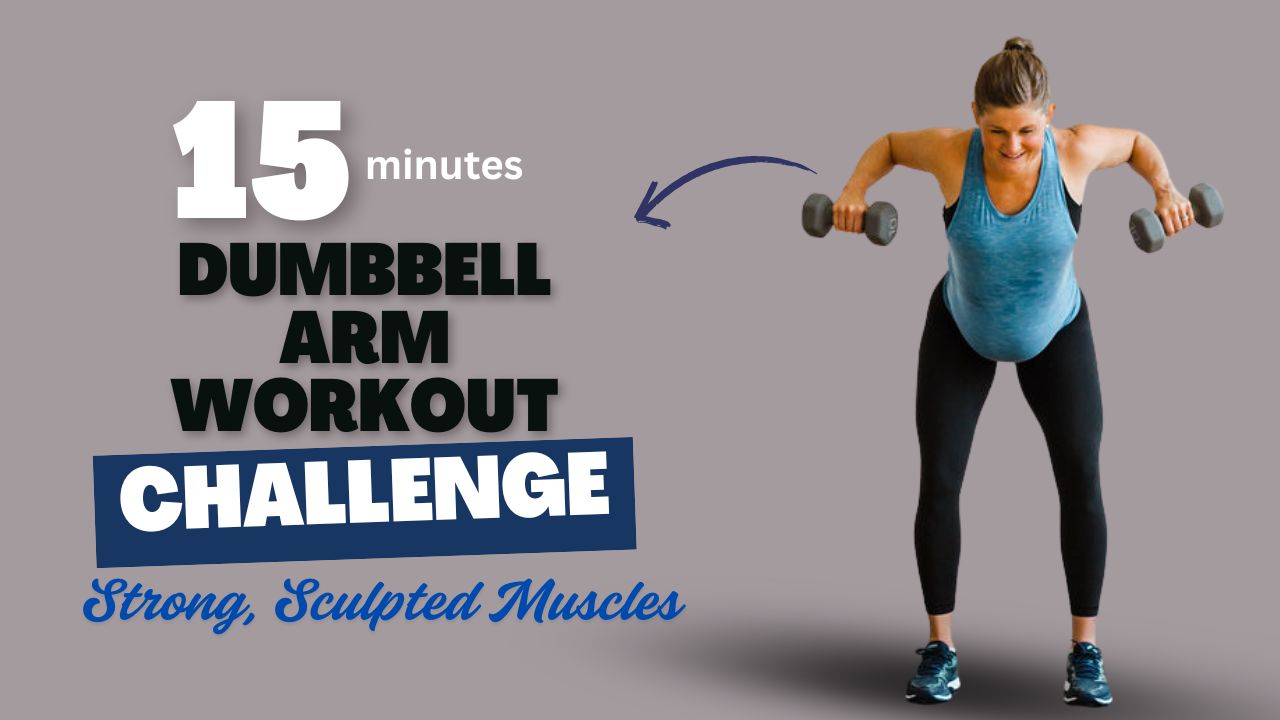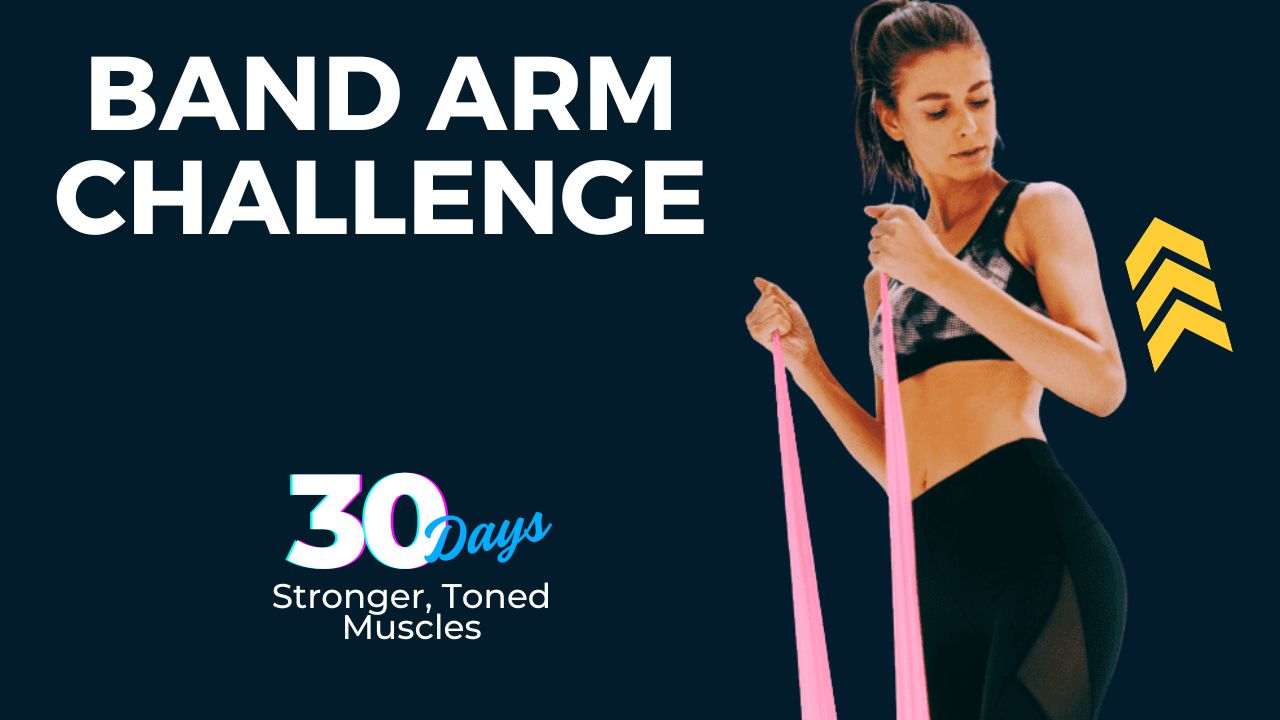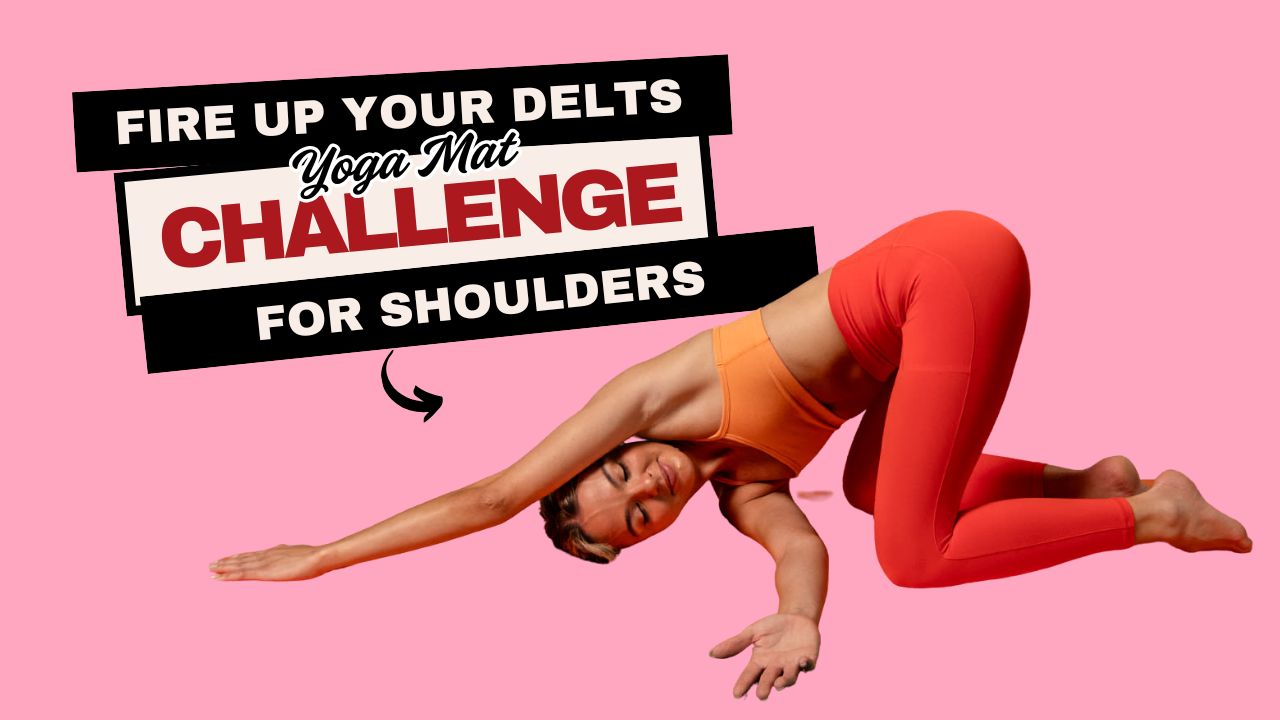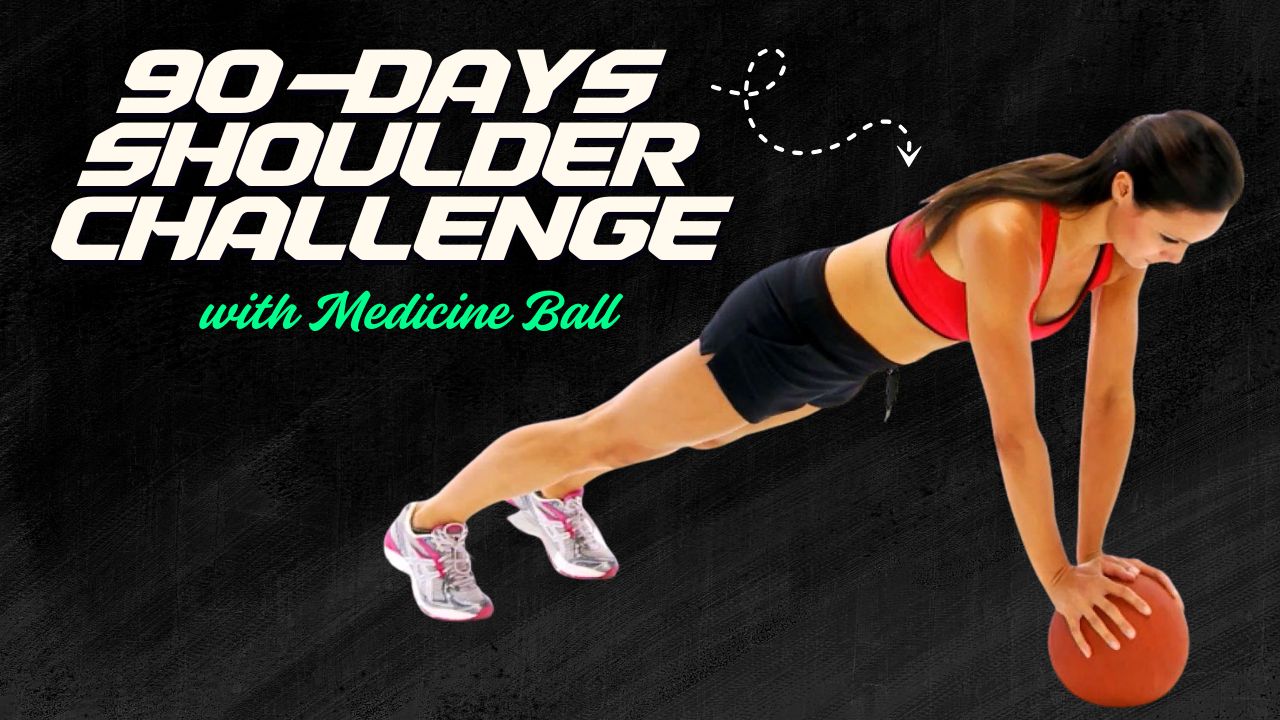You’ve crushed your squats and deadlifts, and your quads and hamstrings are shaping up, but your calves still lag behind. Sound familiar?
Here’s the catch: your calves aren’t just for looks—they play a key role in balance, walking, sprinting, and even injury prevention. Yet most gym-goers treat them as an afterthought. That ends today.
Do you know? The calves handle up to 1.25 times your body weight with every step you take—and even more during jumps or sprints. So if you want true lower-body strength, you need to train them with serious intent—and barbells are one of the most effective tools to do just that.
Let’s dive into 12 barbell calf exercises that will help you carve out strong, dense, and well-balanced lower legs.
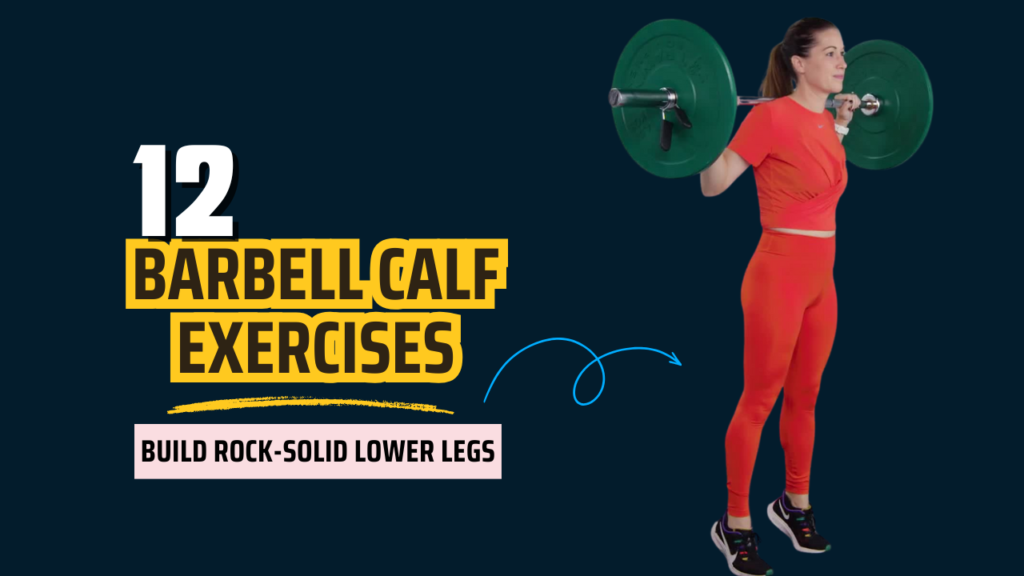
Table of Contents
What Happens After 30 Days of Barbell Calf Exercises
| Area of Improvement | Expected Changes (After 30 Days) |
|---|---|
| Muscle Definition | Noticeable increase in calf firmness and shape; early signs of muscle tone. |
| Strength | Improved ability to lift heavier weights with control and balance during calf exercises. |
| Balance & Stability | Enhanced ankle stability and better control in standing, walking, or single-leg movements. |
| Performance | More explosive power during jumps, runs, and stair climbs due to stronger calf muscles. |
| Mind-Muscle Connection | Stronger connection and activation during each rep; better isolation of calf muscles. |
| Posture & Form | Improved posture during lifts as calves strengthen and support lower-body alignment. |
| Joint Support | Increased support to ankles and knees, lowering the risk of injury during physical activities. |
| Daily Movement | Easier walking, stair climbing, and longer standing periods with less fatigue in the lower legs. |
| Consistency Habits | Build discipline, routine, and motivation to keep progressing beyond 30 days. |
| Confidence Boost | Greater confidence from visible and functional results in your lower legs. |
Also Read: 13 Dumbbell Quad Exercises That Will Make Your Thighs Strong
Barbell Calf Training: Do’s and Don’ts
| Do’s | Don’ts |
|---|---|
| Warm up your ankles and calves before lifting. | Don’t skip calf workouts—they need focused training like any other muscle. |
| Use full range of motion—drop heels and rise fully. | Don’t bounce through reps or use momentum. |
| Start with lighter weights to perfect your form. | Don’t overload the barbell before mastering the basics. |
| Focus on time under tension—slow, controlled reps. | Don’t rush through your sets. |
| Train both standing and seated variations to hit all calf muscles. | Don’t rely on just one type of movement. |
| Stretch your calves post-workout to aid recovery. | Don’t ignore tightness or soreness—it can lead to injury. |
| Use progressive overload to build strength and size. | Don’t stick to the same weight and reps every session. |
| Include unilateral (single-leg) calf work for balance. | Don’t overlook muscle imbalances. |
| Maintain upright posture and engage your core during lifts. | Don’t let your form break down under heavy loads. |
| Stay consistent—calves grow with time, tension, and effort. | Don’t expect instant results or give up too early. |
1. Barbell Standing Calf Raise
How to Do It:
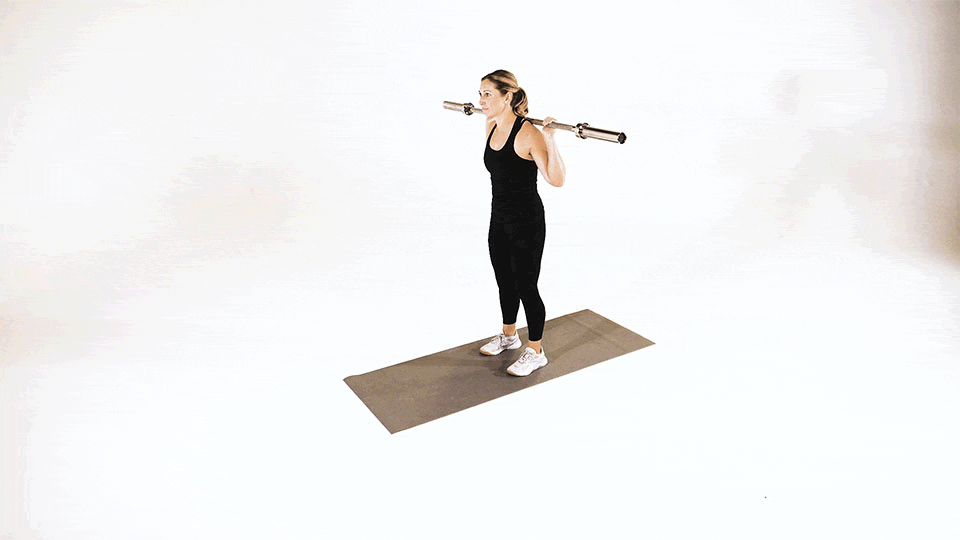
- Place a barbell on your upper traps (like a back squat).
- Stand on a raised platform with your heels hanging off.
- Push through the balls of your feet to raise your heels.
- Squeeze at the top, and lower slowly.
Benefits:
- Direct focus on the gastrocnemius (the larger calf muscle).
- Builds strength and size with progressive overload.
Also Read: 12 Smart Dumbbell Ab Workouts That Torch Belly Fat Fast
2. Barbell Seated Calf Raise
How to Do It:
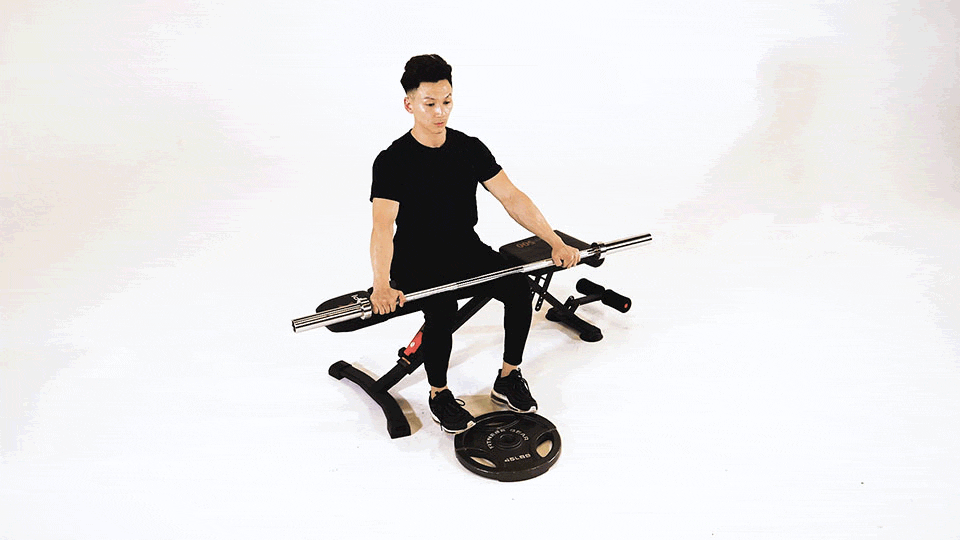
- Sit on a bench with a barbell resting on your thighs.
- Use a block under your feet.
- Raise your heels, pause at the top, and lower them under control.
Benefits:
- Targets the soleus muscle, crucial for endurance and ankle stability.
- Enhances lower leg thickness.
3. Barbell Donkey Calf Raise
How to Do It:
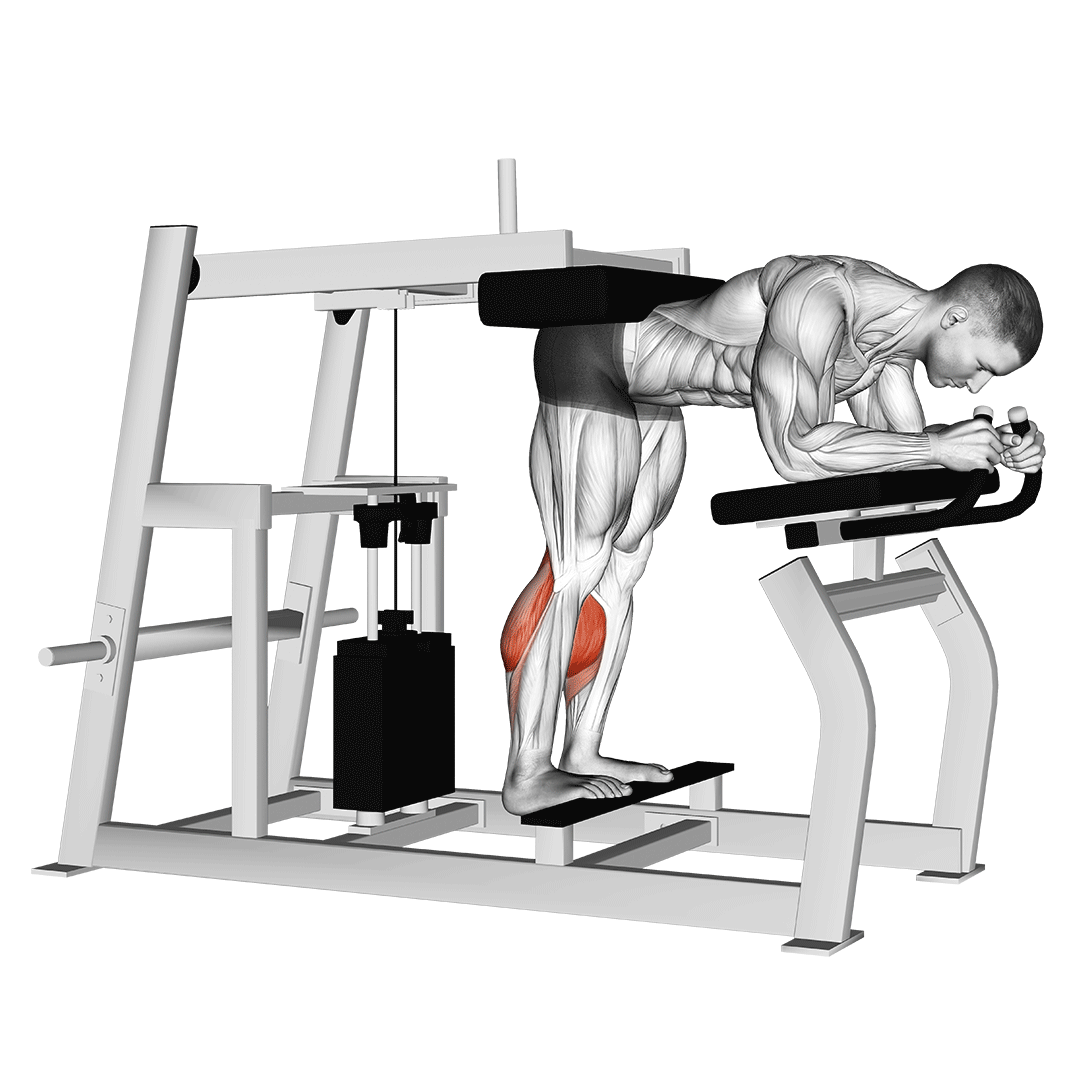
- Lean forward on a bench or platform, keeping your back flat.
- With a barbell resting on your lower back/hips, raise your heels.
- Pause and squeeze, then lower back down.
Benefits:
- Provides a deeper stretch in the calves.
- Increased range of motion and muscle fiber recruitment.
4. Barbell Single-Leg Standing Calf Raise
How to Do It:
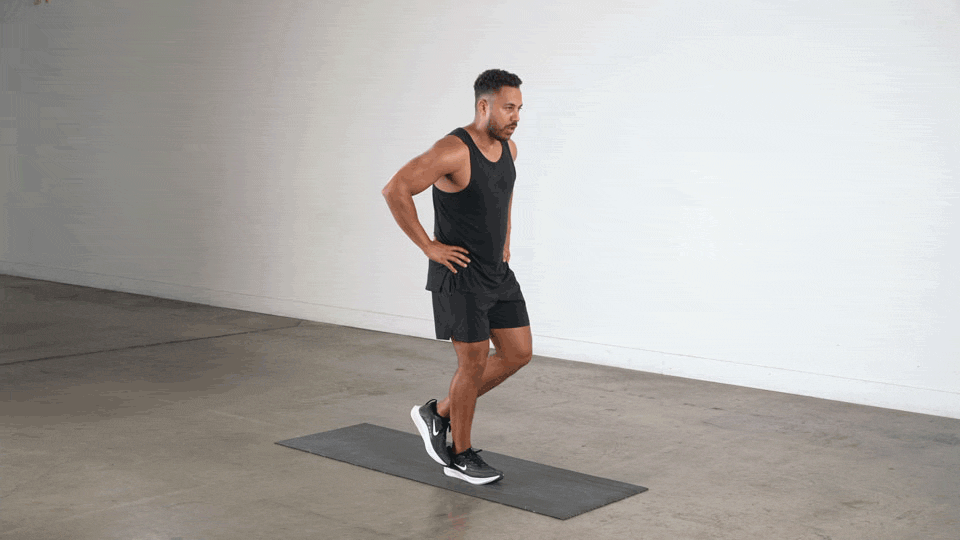
- Hold a barbell on your back.
- Stand on one leg on a step or platform.
- Perform a controlled calf raise.
Benefits:
- Fixes imbalances between calves.
- Boosts stability and control.
Also Read: Build Strong, Defined Shoulders with These 10 Dumbbell Exercises
5. Barbell Smith Machine Calf Raise
How to Do It:
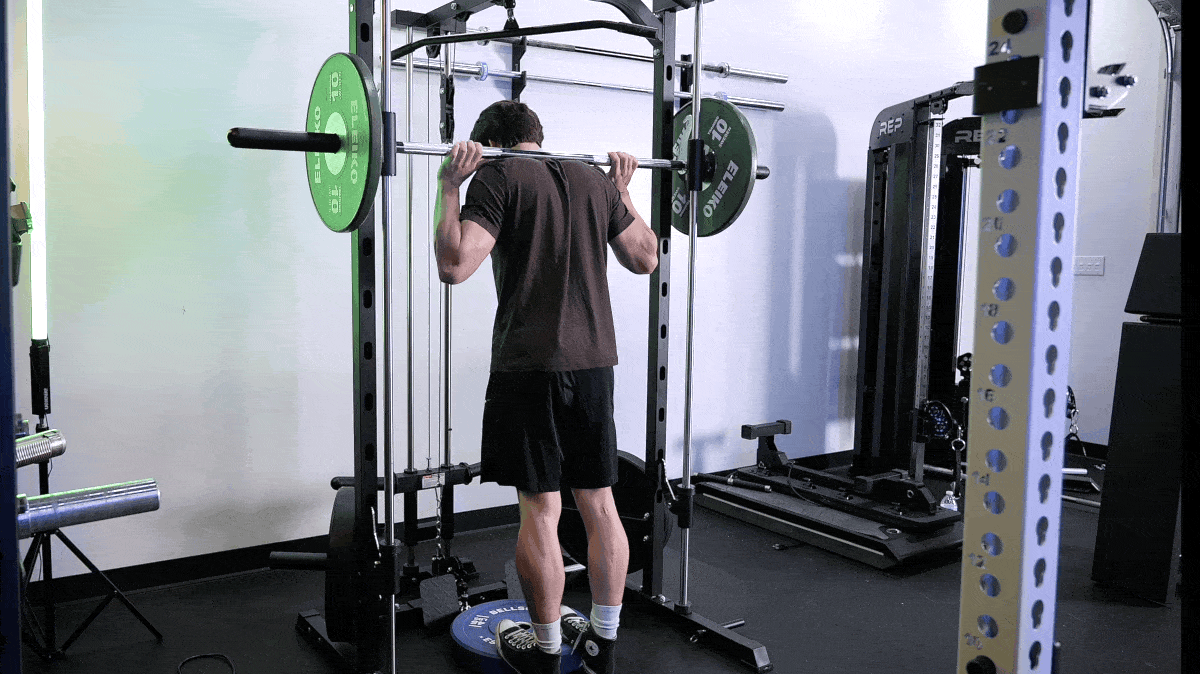
- Load a Smith machine bar onto your shoulders.
- Stand on a block for a full range of motion.
- Raise and lower your heels in a slow, controlled motion.
Benefits:
- Safer for heavy loads.
- Focuses purely on contraction without balancing.
6. Front Rack Barbell Calf Raise
How to Do It:
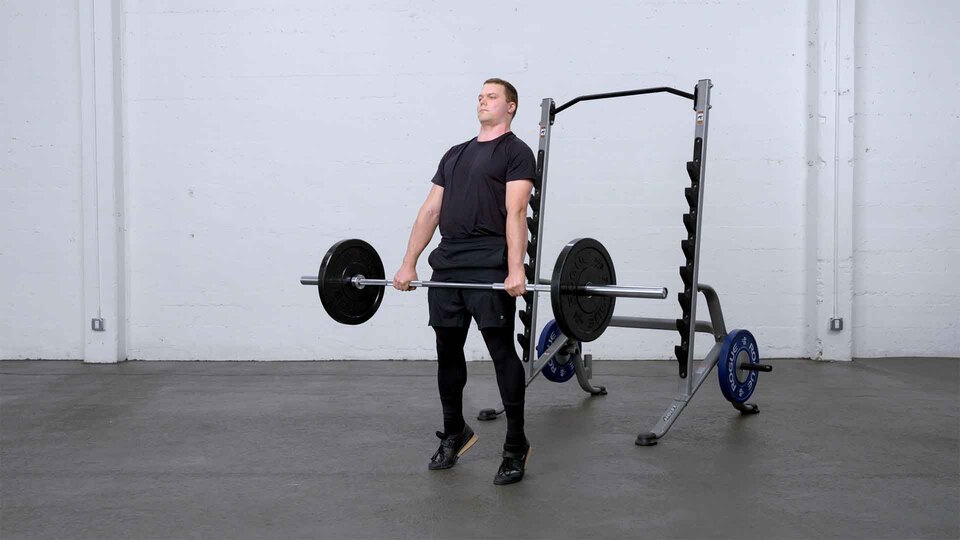
- Hold the barbell in a front rack position (like a front squat).
- Stand on a step and perform calf raises.
Benefits:
- Challenges your core and posture.
- Improves overall body control while targeting calves.
7. Barbell Deficit Calf Raise
How to Do It:
- Use a raised platform for a full stretch.
- Perform standing calf raises with a barbell on your back.
Benefits:
- Maximizes stretch at the bottom.
- Greater hypertrophy due to extended range.
Also Read: 15 Gym-Based Lower Back Exercises to Build Strength & Prevent Injury
8. Barbell Isometric Calf Raise Hold
How to Do It:
- Raise your heels and hold the position at the top for 20–30 seconds.
- Slowly return to start.
Benefits:
- Increases muscle endurance.
- Enhances mind-muscle connection.
9. Barbell Calf Raise with Tempo
How to Do It:
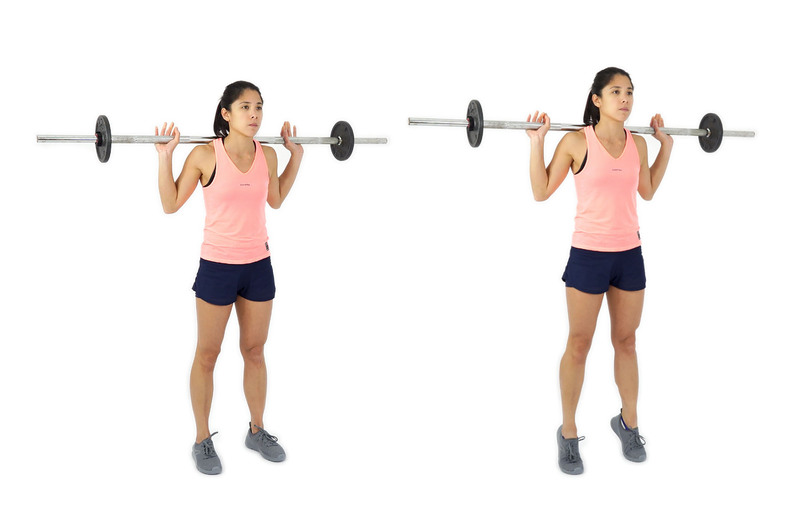
- Perform a standard standing calf raise.
- Use a tempo of 3 seconds up, 2 seconds pause, and 3 seconds down.
Benefits:
- Increases time under tension.
- Triggers more muscle growth and control.
10. Barbell Farmer’s Walk on Toes
How to Do It:
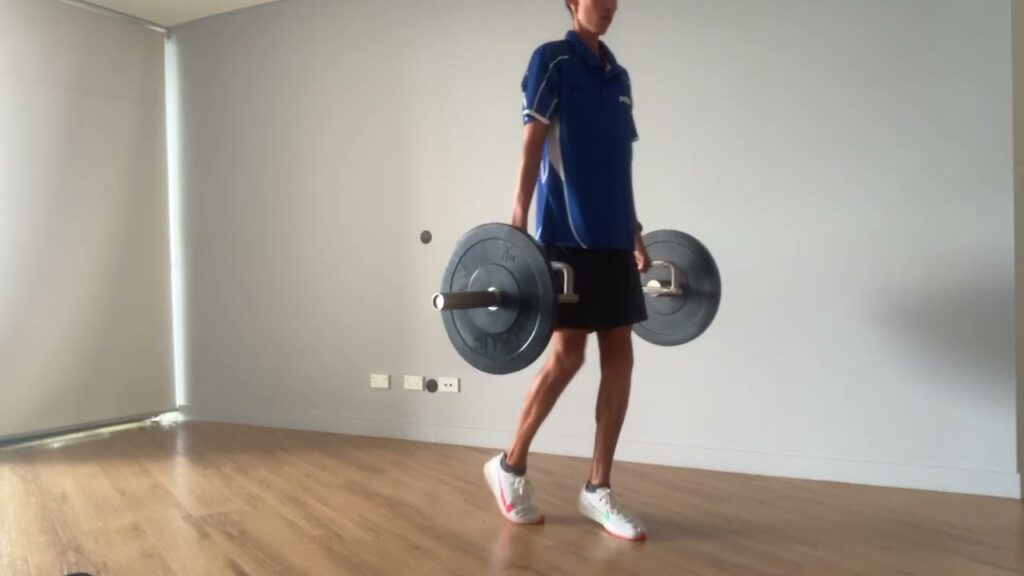
- Hold a barbell or two lighter barbells.
- Walk forward on your tiptoes for 20–30 seconds.
Benefits:
- Trains dynamic calf strength.
- Builds balance, ankle strength, and stability.
Also Read: 15 Bodyweight Calf Exercises to Sculpt Stronger, Leaner Legs
11. Split Stance Barbell Calf Raise
How to Do It:

- Assume a lunge stance with the back foot on a platform.
- Perform calf raises with a barbell on your back.
Benefits:
- Trains each leg through a longer range.
- Adds stability and unilateral strength.
12. Barbell Glute Bridge Calf Raise
How to Do It:

- Get into a glute bridge position with a barbell on your hips.
- Raise your heels while keeping the bridge hold.
- Pause, lower, and repeat.
Benefits:
- Targets calves while activating glutes and hamstrings.
- Enhances compound strength synergy.
Common Myths About Calf Training—Busted!
- Myth: “Calves are all genetics.”
Truth: Genetics influence the shape, but consistent progressive overload, like with barbells, can drastically improve size and strength.- Myth: “High reps only grow calves.”
Truth: Calves respond to both heavy loads and volume—use both in your training.
Tips to Maximize Barbell Calf Training
- Warm up ankles and Achilles before heavy sets.
- Use controlled movements—don’t bounce!
- Add progressive overload: increase weight or reps gradually.
- Stretch your calves post-workout to avoid tightness and improve recovery.
Also Read: 13 Adductor Exercises You Can Do With Gym Equipment for Stronger Inner Thighs
Final Thoughts
Calves don’t grow by accident—they grow by intention.
If you’ve been skipping your calf work or sticking to bodyweight-only movements, it’s time to level up. Barbells offer a serious advantage in building mass, strength, and symmetry.
Whether you’re chasing athletic power or aesthetic balance, these 12 barbell calf exercises can reshape the foundation of your legs—literally.
So load up that bar, step on the block, and start sculpting those rock-solid calves.
Frequently Asked Questions (FAQs)
How often should I train my calves with barbell exercises?
You can train your calves 2–3 times a week, allowing at least one rest day between sessions. Calves recover quickly, but they still need rest to grow and avoid overuse injuries.
Can barbell exercises really help grow my calves?
Yes! Barbell calf exercises allow progressive overload, which is key to building muscle. Adding weight and controlling reps will lead to strength and hypertrophy over time.
What’s the difference between standing and seated calf raises?
Standing calf raises target the gastrocnemius (the outer, visible muscle), while seated calf raises hit the soleus, which lies underneath and adds lower-leg thickness. Both are essential for full calf development.
I don’t feel my calves working—what am I doing wrong?
Most likely, you’re using momentum or poor form. Slow down the movement, hold at the top, and fully stretch at the bottom. Mind-muscle connection is key.
How many sets and reps should I do for barbell calf exercises?
Aim for 3–4 sets of 10–15 reps per exercise. For strength, go heavier with 6–10 reps. For endurance or hypertrophy, use moderate weight with higher reps.
Are barbell calf raises safe for beginners?
Yes, but start light to master the form. Consider using a Smith machine or trainer’s supervision if you’re new to free weights for added safety.
Can I train calves without equipment at all?
You can, but bodyweight alone might not be enough for growth, especially if you’re advanced. Barbell exercises allow you to scale resistance and challenge your muscles more effectively.
Why are my calves sore for days after barbell calf training?
That soreness is DOMS (Delayed Onset Muscle Soreness) and it’s common, especially if you’re new to heavy calf work. Stretch, hydrate, and allow time for recovery.
Do calf exercises improve athletic performance?
Absolutely. Strong calves contribute to explosiveness, balance, sprinting power, and injury prevention, especially in sports involving running and jumping.
Can barbell calf workouts help with shin splints or flat feet?
While not a cure, strengthening your calves can support your ankles and arches, improving foot mechanics and potentially reducing issues like shin splints. Always consult a physiotherapist for chronic pain.
